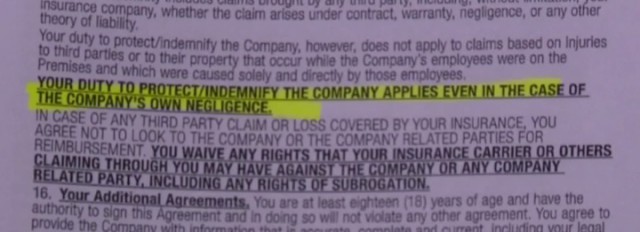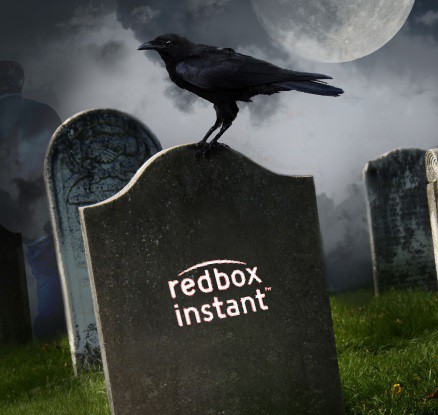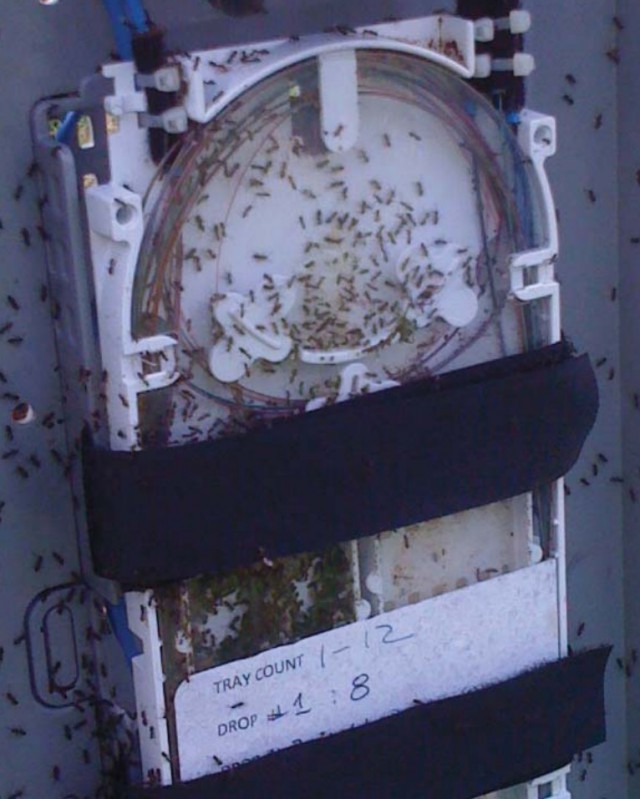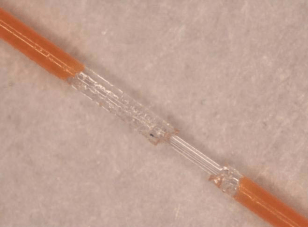 Americans would rather deal with unwanted telemarketing calls, fight their insurance company, or pay top dollar for oil and gas because almost anything is better than dealing with the cable company, if it happens to be named Comcast, Time Warner Cable, or Charter.
Americans would rather deal with unwanted telemarketing calls, fight their insurance company, or pay top dollar for oil and gas because almost anything is better than dealing with the cable company, if it happens to be named Comcast, Time Warner Cable, or Charter.
As state and federal regulators contemplate allowing these three companies to co-mingle, Americans have bottom-rated them like never before in the most recent YouGov BrandIndex survey of consumer satisfaction.
Any number below 60 results in the failing grade of “F” and shame for all concerned. The three cable operators managed a grade of just 13.2, nearly twice worse than the next lowest scoring industry – wireless providers. The cable sector once again achieved the lowest scores among 43 rated industries and has sunk to a level reserved for a war criminal popularity contest.
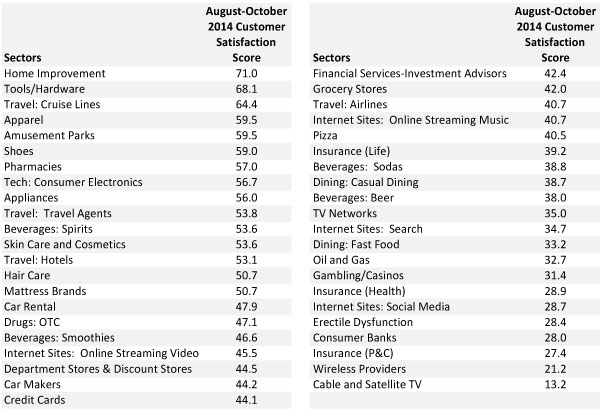
YouGov BrandIndex
Although Time Warner Cable’s scores were called “crap” by one consumer advocate reviewing the data, Comcast performed much worse, plummeting to new lows after customers related to the gone-viral recording of Ryan Block’s customer service call from hell. Block spent more than 20 minutes arguing with a cocky and insufferable customer service representative who repeatedly resisted Block’s efforts to cancel his service. It hit a familiar nerve with Comcast customers and the company took a major hit, according to Lance Fraenkel, head of client services for BrandIndex.
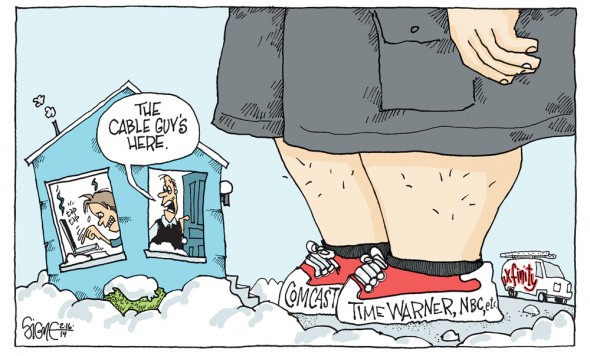 “That to me stands out as a major event over the last few months that has damaged the brand and category perception,” Fraenkel told The Huffington Post.
“That to me stands out as a major event over the last few months that has damaged the brand and category perception,” Fraenkel told The Huffington Post.
The proposed merger of Comcast and Time Warner Cable, although well received by non-profit groups and politicians receiving Comcast contribution checks, is a dead on arrival proposition for average consumers. This allowed Charter, which typically rates about as popular as burnt popcorn, to achieve a new high in its perennially dismal consumer satisfaction score. It can take its “barely neutral” rating to the bank.
But it isn’t bad for everyone. Verizon FiOS in particular achieved top grades for service, with AT&T U-verse also doing better than the cable competition.
“If you have a couple brands in negative territory and the category average is still firmly positive, then you know that there are brands that perform well in the sector,” Fraenkel added.
Comcast and Time Warner Cable both acknowledged their lousy ratings, both promising to continue spending millions improving the customer service experience. Comcast has promised that annually since 2007 and its ratings continue to decline. Many blame offshore call centers and intransigent operators unwilling to depart from a script that emphasizes giving credits and refunds only as a last resort. Most complaining customers are offered temporary discounts on service upgrades, which eventually expire and result in an even higher bill.
Charter couldn’t be bothered responding to a call for a comment. When the alternative is DSL from Frontier, CenturyLink or Windstream, why should they?


 Subscribe
Subscribe Time Warner Cable has
Time Warner Cable has  While Time Warner Cable customers have seen the company’s top premium speed stagnate at 50/5Mbps in many parts of upstate New York, South Carolina, western Ohio, and Maine for several years, TWC Maxx communities will see Standard Service speeds start at 50Mbps and rapidly increase from there. The differences in speed and price paid for broadband in Maxx markets vs. non-Maxx markets is staggering.
While Time Warner Cable customers have seen the company’s top premium speed stagnate at 50/5Mbps in many parts of upstate New York, South Carolina, western Ohio, and Maine for several years, TWC Maxx communities will see Standard Service speeds start at 50Mbps and rapidly increase from there. The differences in speed and price paid for broadband in Maxx markets vs. non-Maxx markets is staggering.
